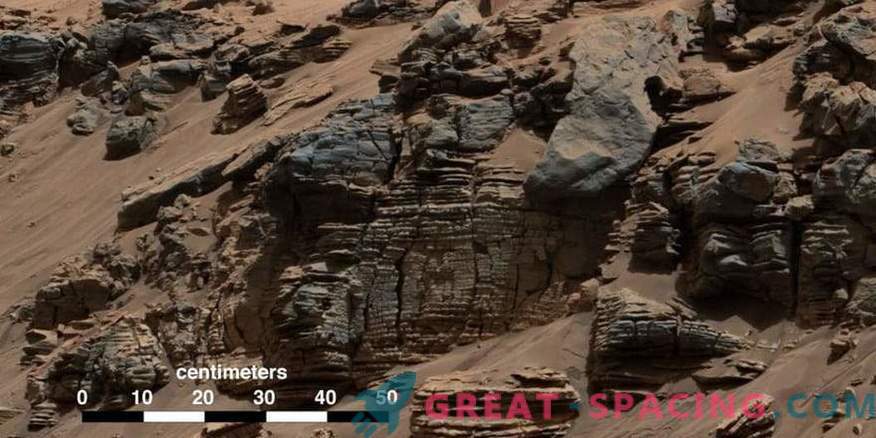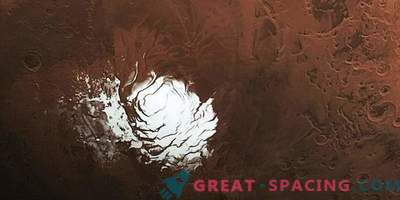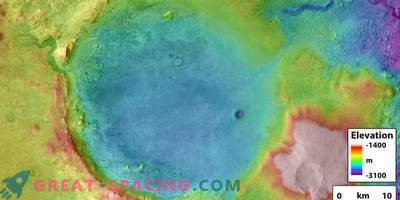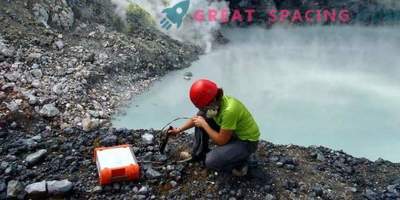
Sedimentary remains of the Martian Lake - layered rock, reflected in the 2014 observations of the Curiosity camera. Here is a sample of a typical sedimentary layer near which water must flow.
The long-lived lake of ancient Mars created stable conditions that differed sharply at different sites. This is evidenced by the results of the 3.5-year mission. Previous studies show that a lake was located 3 billion years ago in Gale Crater. But Curiosity proves that it was stratified.
Such structures (layered) are characterized by obvious physical or chemical differences, which are noticeable during the transition from shallow water to depth. In a particular object, the small was much richer with oxidants.
It turns out that in some areas and for a specific time period, the water contained more oxygen. This is an important conclusion, since it affects exactly which materials remain in the sediments (do not forget that oxygen plays a key role!). But it should also be understood that in times of Gale Lake, earthly life forms have not yet established a chain of oxygen production in photosynthesis. Therefore, if Martian life existed, then it would be more important to oxidize manganese or iron. This type of oxidative stratification is characteristic of terrestrial lakes and now it has been found on the Red Planet. The diversity of the environment provides a high probability of life for microbes.
While there is no accurate evidence of the existence of life on Mars or on any other planet. But the hunt for evidence begins with the “restoration” of the surrounding conditions, in order to understand whether the planet is able to have life forms at all.
Curiosity spent 1,700 evils (Martian days - 24 hours 39 minutes) and traveled 16 km from the bottom of Gale crater to Mount Eolidide.











































